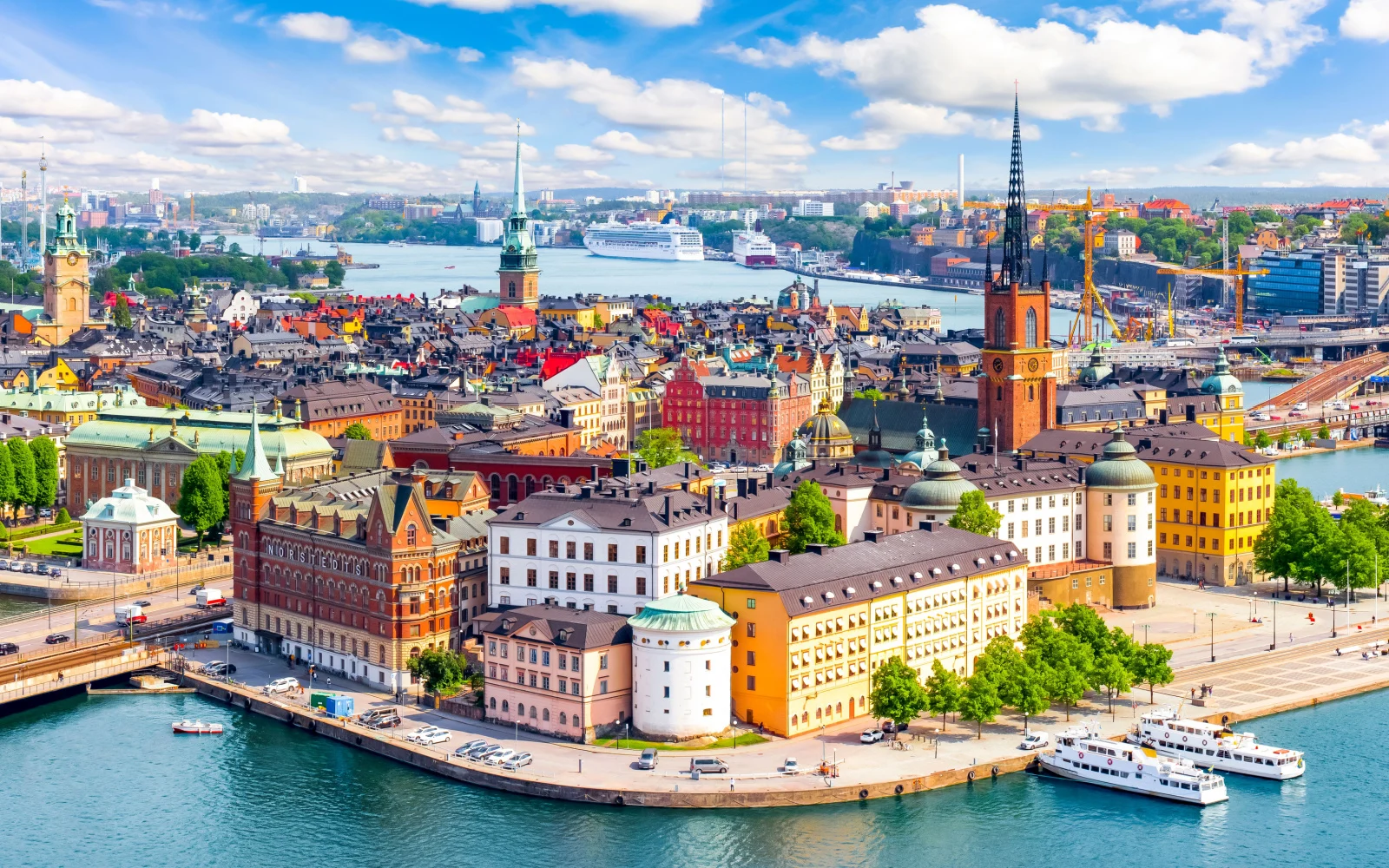What's the best time to visit Sweden?
The best time to visit Sweden varies: summer is great for hiking and festivals, while winter offers a unique experience with snow sports and northern lights. Summer provides extended daylight and pleasant temperatures, ideal for exploring outdoors and vibrant city life. Winter, especially from December to February, features festive Christmas markets and longer daylight for enjoying the snowy landscape.
The Scandinavian country of Sweden is a must-visit destination if you love nature, modern design, or any of the contributions that Sweden has given to the world of pop culture.
Most visitors start their journey in the capital, Stockholm, which has historic palaces, world-class architecture, and some of the best shopping, arts, and cultural scenes in the world.
You can’t visit without heading into nature, whether that’s sailing the Swedish archipelago or hiking and cycling in the forests. For an adventure to remember, head to the far north, close to the Arctic Circle, to spot the northern lights.
Sweden has so much to offer, no two trips will be the same. Your experience will depend a lot on what you want to see and when you visit; let us be your guide!
Overall Best Time to Visit Sweden
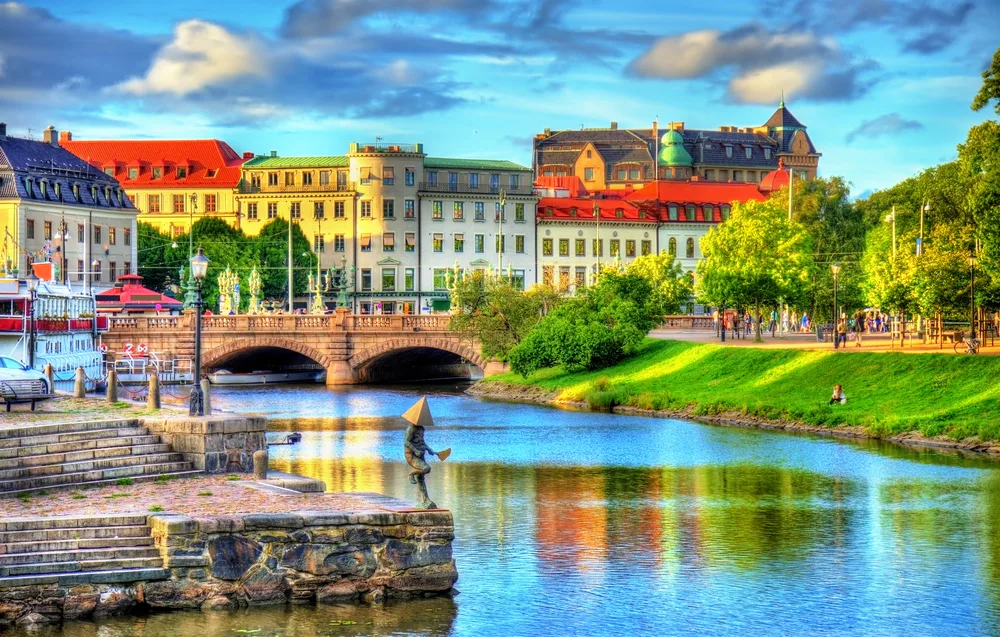
Leonid Andronov/Shutterstock
The best time to visit Sweden depends a lot on what you want to do. For hiking, cycling, or city breaks, visit in the summer. For a true polar experience, visit in the middle of winter.
The stereotype may be that Sweden is cold and snowy, but that’s only true for the winter (which does last for most of the year). During the summer, temperatures are warm and pleasant. Average daily high temperatures in Stockholm are around 72 degrees Fahrenheit.
This is great weather for hiking—it’s warm enough that you won’t freeze, but not too hot. Due to its northern location, Sweden also gets a lot of daylight during the summer.
In Stockholm in July, the sun sets after 10 P.M. Further north, it doesn’t set at all. That gives you plenty of time to squeeze in all the adventures you want to do during the day without worrying about getting caught in the dark.
This is the best weather for all sorts of outdoor activities, such as:
- Boating around the Stockholm archipelago
- Hiking
- Camping
- Cycling
If you’re not up for strenuous physical activity, you can still enjoy the good weather by sitting on one of Stockholm’s or Malmo’s café terraces and watching the passersby. The cities are liveliest during the summer, which is also the peak festival season.
There are all kinds of celebrations, from traditional cultural events to modern metal festivals. The biggest festival is Midsummer, held in late June, when Swedes gather with family and hold traditional celebrations.
Other popular summertime festivals include:
- Sweden Rock Festival (June)
- Bergman Week (June/July)
- Uppsala Reggae Festival (July)
- Stockholm Pride (July/August)
On the other hand, if you really want to experience a true Swedish winter, then you’ll want to visit from December to January. December is especially warm and cozy thanks to the Christmas season.
There are Christmas markets throughout the country. Other festivities during this time include St. Lucia, a uniquely Swedish Christmas tradition. For polar adventures, the best time to head north is in January or February.
It is still winter (and bitterly cold), but the days are a bit longer than in December, so you’ll have some daylight to go skiing, snowshoeing, or sledding. Plus, you’ll get to see the northern lights.
Cheapest Time to Visit Sweden

Conny Sjostrom/Shutterstock
The cheapest time to visit Sweden is during one of the shoulder seasons, in spring (March-May) or autumn (September-November). These seasons mark a bit of a lull in demand.
In the spring, there aren’t many holidays when people travel, except for Easter weekend. In the fall, families head back home as kids head back to school, most people go back to work, and it’s not the winter high season yet.
Thanks to the lower demand, you can find decent hotel deals during both shoulder seasons. Stockholm is quite affordable in the spring, with discounts of 20% in May, and much higher earlier in the season.
Meanwhile, fall is the most affordable month to travel outside of Stockholm. Most hotels in small towns close for the off-season but remain open until the end of October.
It’s easier to find a deal when you have more choices. In terms of flights, you can find good discounts pretty much any season except for summer.
Winter is popular with travelers, but also when most international airlines have their annual sales, so you can get heavily discounted tickets. Flights in spring and fall also tend to be more affordable since there is less demand.
Least Busy Time to Visit Sweden
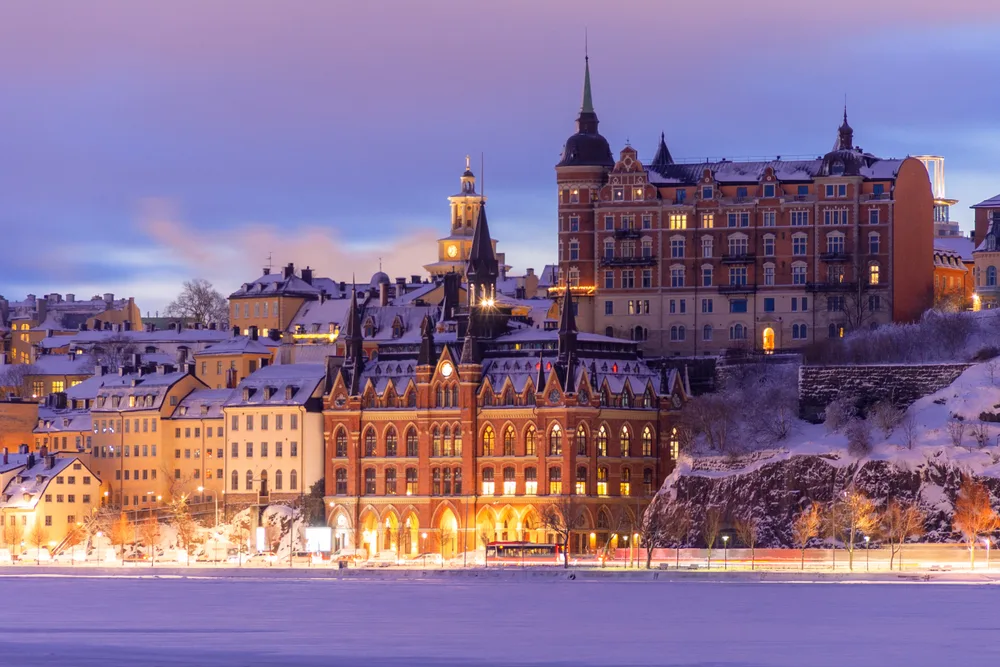
Iurii Kravtsov/Shutterstock
The least busy time to visit Sweden is during spring or fall, which are transitional periods between the two peak seasons. Spring is a nice time to go on a city break.
There is still a bite in the air, but average daily temperatures are beginning to warm up, with April averaging high temperatures of 49 degrees Fahrenheit. By the end of April, hiking trails are clear for walking, and you likely won’t find other tourists in between you and the wildflowers.
Meanwhile, early spring is the best time to enjoy winter sports without a crowd. March is the best time for cross-country skiing thanks to crisp conditions that aren’t too cold. Plus, the ski resorts aren’t as full after the winter rush is over.
Fall also brings a welcome relief after the crowds of summer. The crowds go away after August ends, but most tourism-related businesses remain open well into September and October.
This is the best season to go hiking or camping in relative solitude. Snow can fall as early as October and November. Some ski resorts open in November and have early bird passes and discounts.
Worst Time to Visit Sweden
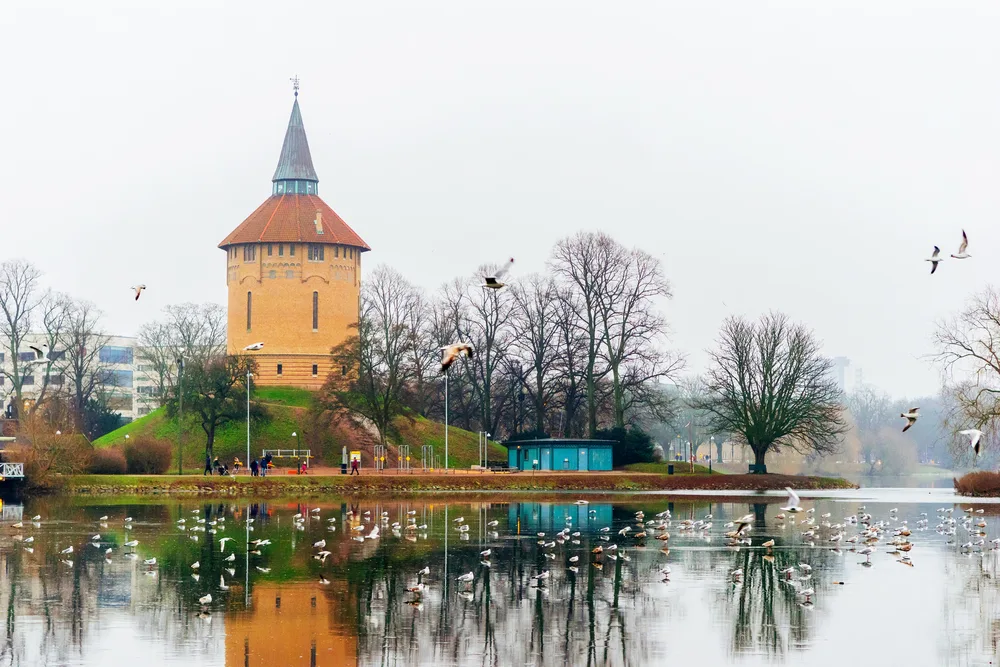
nomadFra/Shutterstock
The worst time to visit Sweden depends on what you want to get out of your trip, but for most people, the long, cold winters are a time to avoid. Unless you’re visiting with polar activities specifically in mind, then you should avoid visiting in the winter.
Sweden’s winters are long, dreary, and very cold. In Stockholm, average daytime high temperatures in January are around freezing. The further north you go, the colder it gets.
From November to February, there is also not much daylight. In Stockholm, the sun sets before 3 P.M. in December, and there are only about six hours of sunlight per day. Close to the North Pole, residents experience a complete polar night.
Not only is it hard to schedule outdoor activities during this time, but it can also get depressing. Most Swedes use the winter as a time to hibernate and enjoy a cozy time at home. This is great for locals, but not so great for visitors as there aren’t as many festivals and other events going on.
However, there are a few fun events celebrating the extremes of the winter season, such as the Kiruna Snow Festival. The beginning of Lent also sees festivities with sweet treats and parades.
Winter is also a decent time to visit Sweden’s cities, since there are fewer people around. Hotel rates aren’t that low since there are a lot of business travelers at this time, but you can find good deals nonetheless.
Frequently Asked Questions
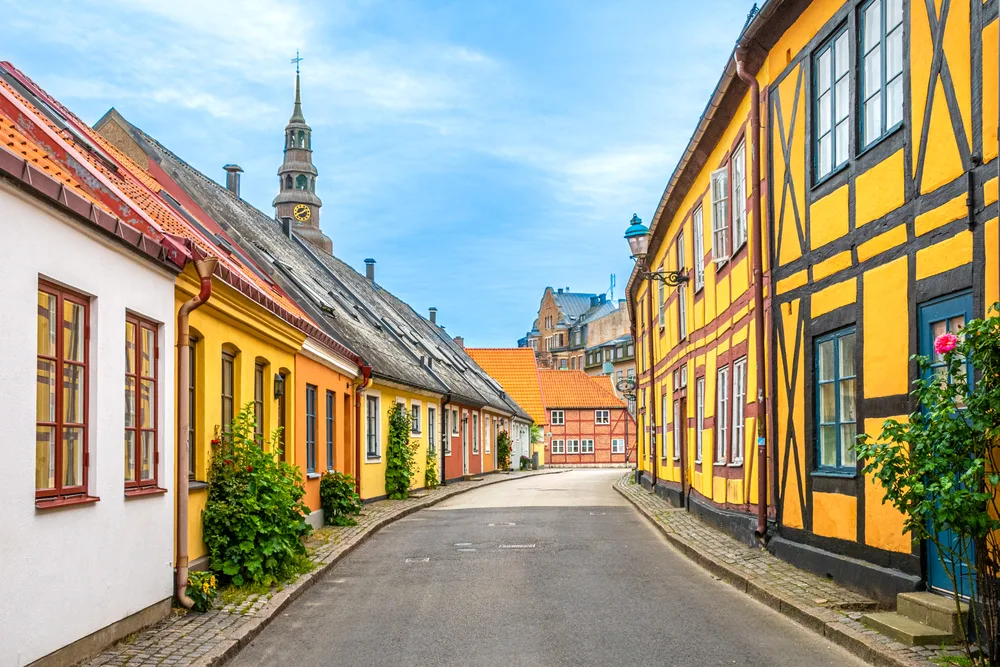
Alex Waltner Photogarphy/Shutterstock
Here are some additional questions that can help you plan for a trip to Sweden:
What month is best to visit Sweden?
The best month to visit Sweden is June, when you can see the Midsummer festival and enjoy gorgeous weather around the country.
When is the least expensive time to visit Sweden?
The least expensive time to visit Sweden is during spring or fall. These shoulder seasons have less demand from visitors, so it’s easier to find discounts.
When is the best month to visit Stockholm?
The best month to visit Stockholm is May, when the weather is warming up, but the city isn’t too crowded. June has more crowds, but also more festivals.
How many days in Sweden is enough?
You should spend at least ten days in Sweden. The country is very big, and you need time to see everything.
Is Sweden expensive to visit?
Sweden is fairly expensive to visit. The cost of living is high, so the cost of accommodation, food, and other expenses will also add up to a lot. However, it is possible to visit on a budget if you plan carefully.
So, What’s the Best Time to Visit Sweden?
The best time to visit Sweden is during the short but wonderful summer, when the weather is pleasant, the natural areas are beautiful, and festival season is in full swing.
Spring and fall offer fewer crowds and bigger discounts. Winter is a good time to visit to see the northern lights, but unless you love polar activities, you may want to skip the coldest time of the year.
So, with so much to see and do and plenty of amazing times to visit, what are you waiting for — book your trip today and experience for yourself all that Sweden has to offer. Happy travels!



